EPO: a machine cannot be an inventor
January 29, 2020
The inventor designated in a European patent has to be a human being and not a machine. That is the core message of two recent EPO refusals of patent applications in which an AI system was designated as the inventor.
The EPO decisions, concerning the applications EP 18 275 163 and EP 18 275 174, both filed in autumn 2018, were published earlier this week. Oral proceedings were held in November 2019.
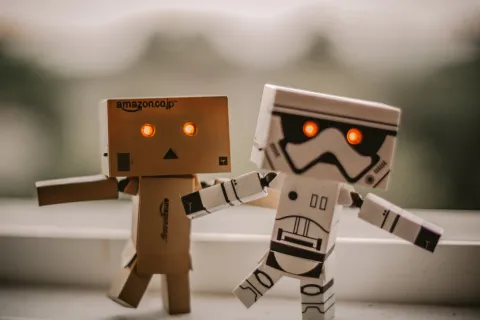
In its decisions, the EPO stated: ‘The application designates a machine as the inventor and therefore does not meet the formal requirements under the EPC (Article 81, Rule 19(1) EPC).’ And: ‘Names given to things may not be equated with names of natural persons. Names given to natural persons, whether composed of a given name and a family name or mononymous, serve not only the function of identifying them but enable them to exercise their rights and form part of their personality. Things have no rights which a name would allow them to exercise.’
The EPO also stated that the understanding of the term inventor as referring to a natural person appears to be an internationally applicable standard, and that various national courts have issued decisions to this effect.
The refusal can be appealed within two months at the EPO Boards of Appeal. The full decisions are available here:
You may also like



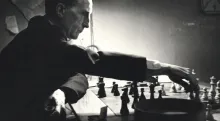






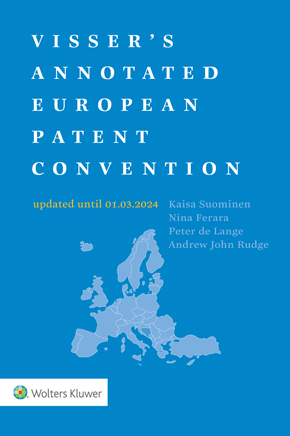
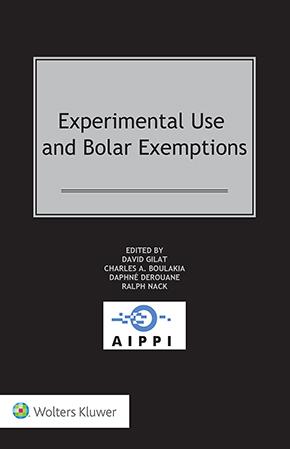

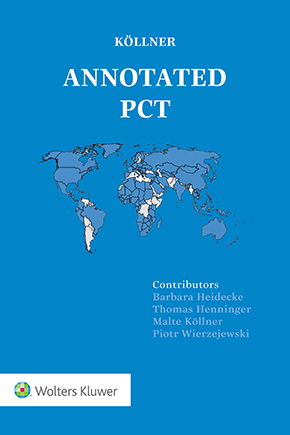

the real robin
This must be fake news. I know for sure that U.S. patent 583,785 was filed by James Brown, who, as everybody knows, was a sex machine.
LightBlue
How about Rule 19(2) - The EPO shall not verify the accuracy of the designation of the inventor? What would happen if you simply entered "none"?
MaxDrei
In answer to Light Blue: No idea. Has anybody tried writing "none"?. But why not? Where's the harm? Why should the EPO object? In whose interests? If Applicant is not entitled, and the true owner wants to dispute ownership of the patent rights, the statement "none" renders clear for the true owner how best to plead.
LightBlue
A few years agon there was a development for combinatorial chemistry were combinations of elements would automatically be created and analyzed for particular properties (one was fluorescence, I believe). Were an improved compound to pop out of this machine, who would have been the inventor? The fact that these two applications are in the technical field which is currently the obsession of the EPO (fifth industrial revolution etc.) does not mean that this issue is new.